When to pick
calm1
14 years ago
Related Stories
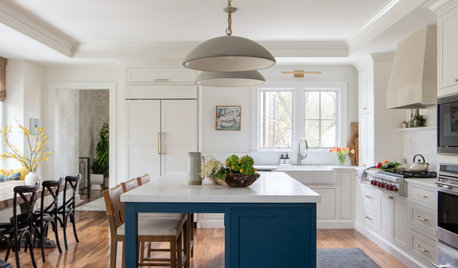
KITCHEN WORKBOOKWhen to Pick Kitchen Fixtures and Finishes
Is it faucets first and sinks second, or should cabinets lead the way? Here is a timeline for your kitchen remodel
Full Story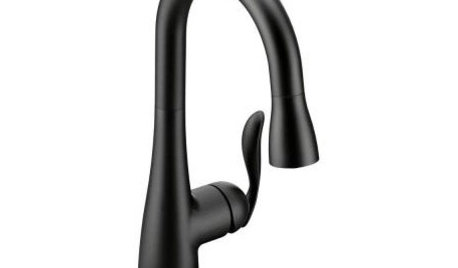
PRODUCT PICKSGuest Picks: 19 Kitchen Upgrades for When You Can't Afford an Overhaul
Modernize an outdated kitchen with these accents and accessories until you get the renovation of your dreams
Full Story
COLORBathed in Color: When to Use Gray in the Bath
Go for elegance and sophistication without going overboard on coolness, using these gray bathroom paint picks and inspirational photos
Full Story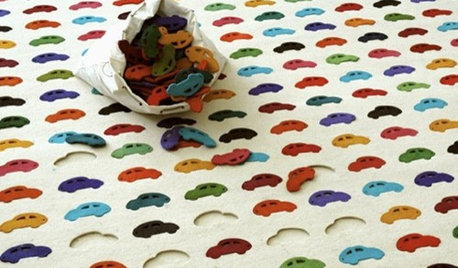
PRODUCT PICKSGuest Picks: 20 Picks for a Happy and Hip Nursery
Pastels and ruffles, begone! Outfit your nursery with bright colors and a bit of wit and whimsy instead
Full Story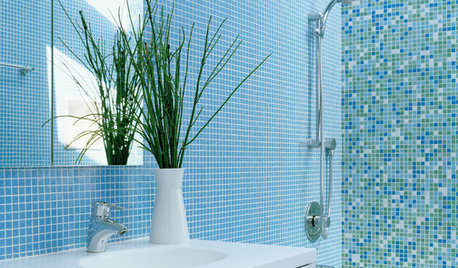
COLORBathed in Color: When to Use Blue in the Bath
Look skyward or to the waters in nature for a soothing, spa-like bathroom
Full Story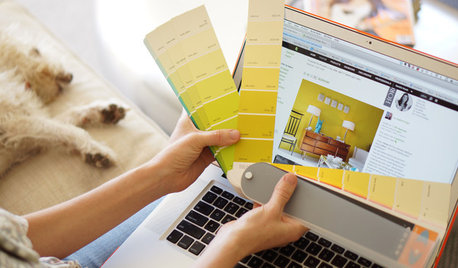
WORKING WITH PROSWorking With Pros: When You Just Need a Little Design Guidance
Save money with a design consultation for the big picture or specific details
Full Story
DINING ROOMSColor Feast: When to Use Gray in the Dining Room
The right shade of gray pairs nicely with whites and woods to serve up elegance and sophistication
Full Story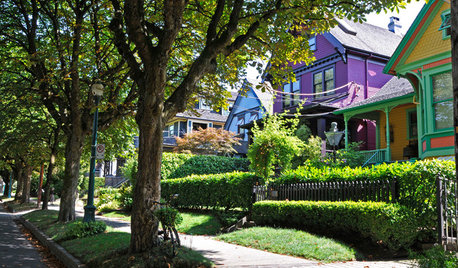
CURB APPEALWhen to Give Your Home a Coat of Many Colors
Drape your house in a dazzling array of hues to bring architectural details to life and draw admiration from the street
Full Story
ORGANIZINGHow to Keep Your Home Neat When You Don't Have a Mudroom
Consider these 11 tips for tackling the clutter that's trying to take over your entry
Full Story






shirleywny5
digdirt2
Related Professionals
Surprise Landscape Contractors · Fishers Landscape Contractors · Fort Atkinson Landscape Contractors · Gloucester Landscape Contractors · Kearny Landscape Contractors · Pacifica Landscape Contractors · Ridgewood Landscape Contractors · Smyrna Landscape Contractors · Uxbridge Landscape Contractors · Four Corners General Contractors · Mobile General Contractors · Rossmoor General Contractors · San Bruno General Contractors · York Decks, Patios & Outdoor Enclosures · Baker Decks, Patios & Outdoor Enclosuresanthony_toronto
tripacer
calm1Original Author
recluse
colokid
digdirt2
johnnygarden
mr_potaohead
calm1Original Author
digdirt2
spaghetina
digdirt2
glchen
pickinpink
spaghetina
spiced_ham
glchen
digdirt2
helenh